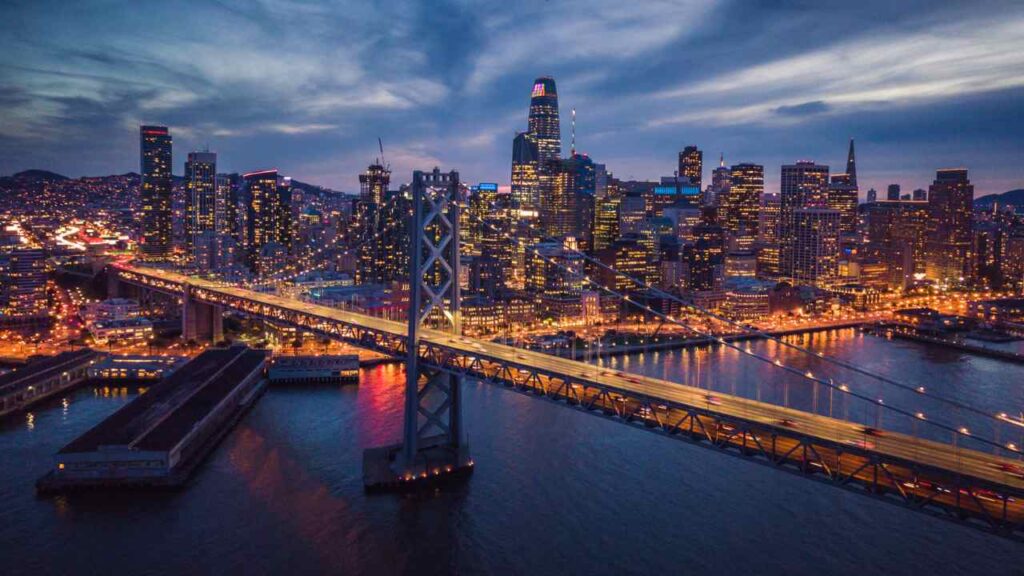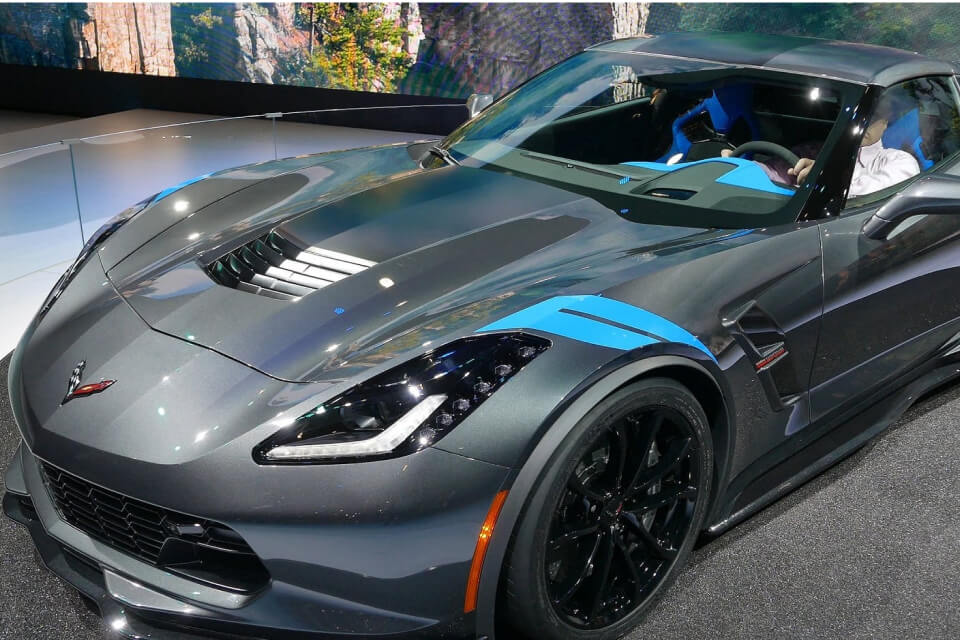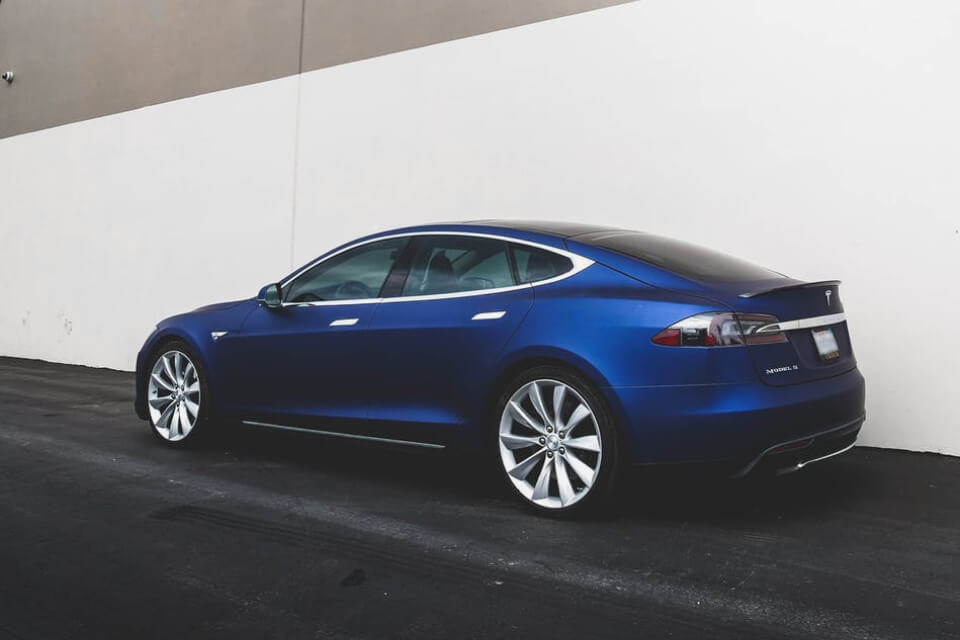Its proximity to Silicon Valley is one of several factors to consider.

Giphy
On one hand, its proximity to Silicon Valley would explain why Fog City is such a common place for new tech to debut. But on the other hand, it’s really quite remarkable just how many new forms of transportation technology are already being tested on the streets of San Francisco and in the skies above.
The results are in
All it takes is spending a few days in the Bay Area to encounter a range of autonomous vehicles, drones, and other vehicles that would have been considered science fiction just a couple of decades ago.
But more importantly, the urban mobility readiness index recently determined that San Francisco tops the global list of cities ready for future advancements in transportation.
Researchers compared stats from 70 cities around the world. After San Francisco, the top five spots, in order, are Paris, Singapore, Munich, and Amsterdam.
The top contenders all scored high in various categories, with scores being tallied based on factors including:
- Air quality
- Infrastructure
- Public transit
- Pedestrians
But there’s one category that seemed to tilt the scales decidedly in San Francisco’s favor.
Adding a new variable
The urban mobility readiness index, which was initiated through a collaboration between the Oliver Wyman Forum and the University of California Berkeley, has selected its top cities in previous years. This year, however, researchers considered an additional factor that played right into San Francisco’s strengths.
The technology adoption sub-index is concerned with determining which cities are most prepared to implement such transportation tech. And since America’s Big Tech hub is in San Francisco’s backyard, it also came out on top in that category.
Other cities that ranked high in the sub-index were Los Angeles, Shanghai, Beijing, and Seoul.



